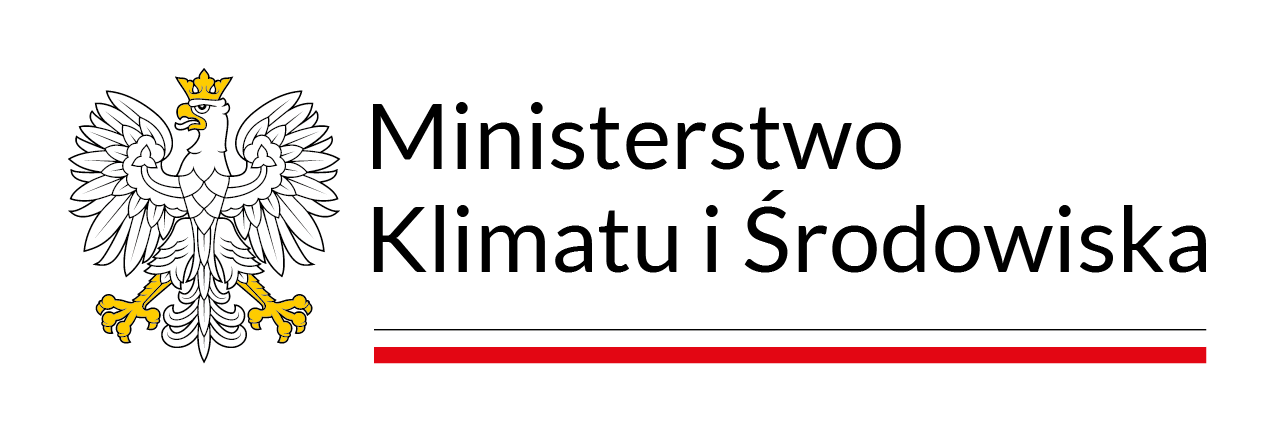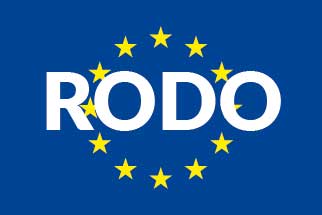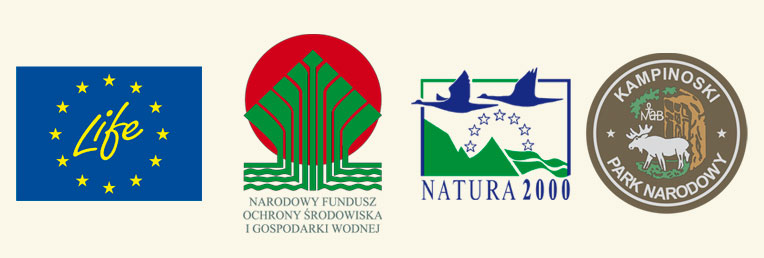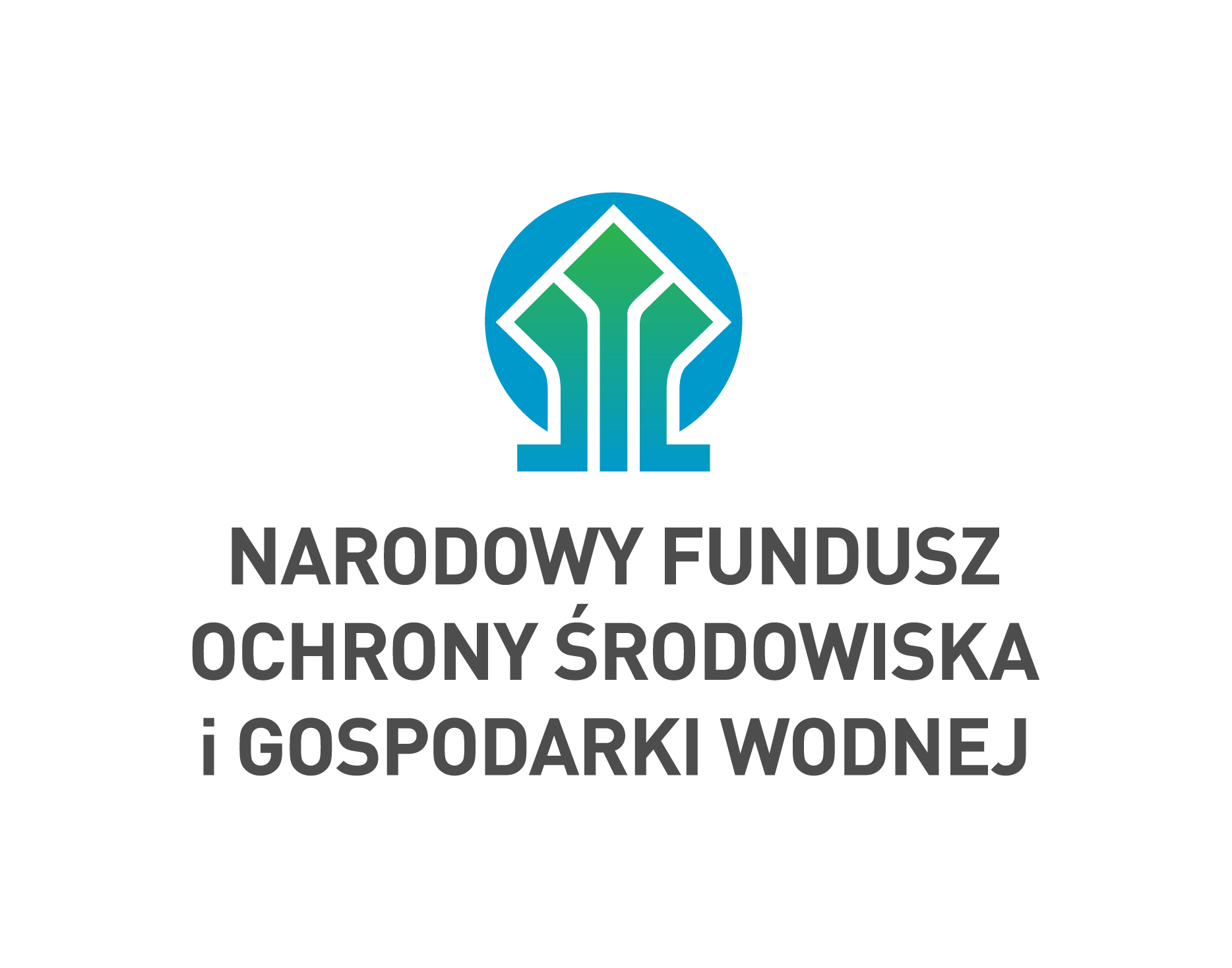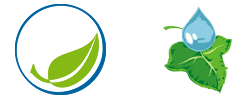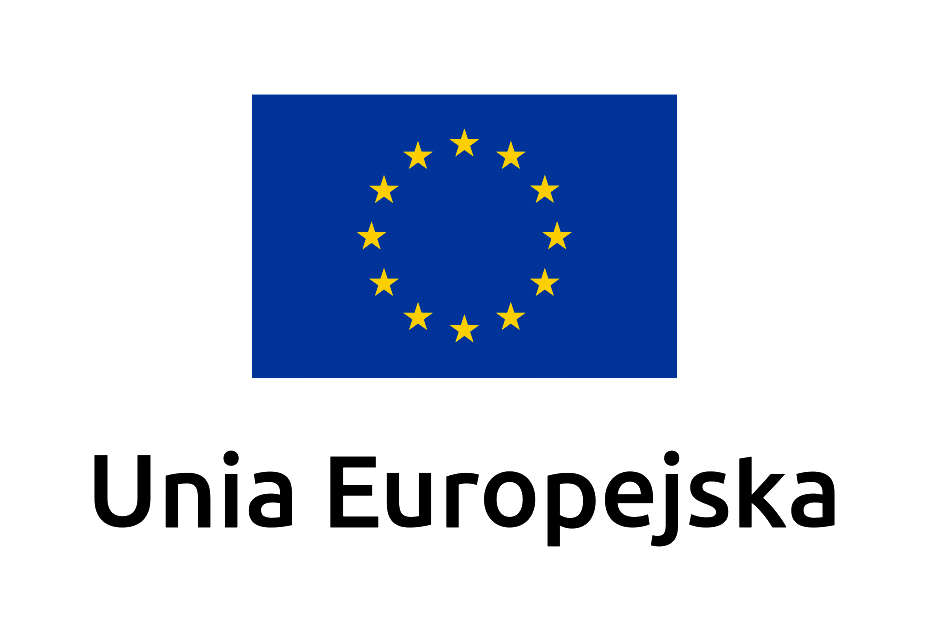Szanowni Państwo
NOWA oficjalna strona internetowa Kampinoskiego Parku Narodowego została uruchomiona pod adresem:
https://kampn.gov.pl
Obecna strona będzie funkcjonować pod starym adresem, lecz nie będą pojawiać się na niej nowe informacje,
a obecnie na niej zawarte nie będą już aktualizowane.
Nową stronę wydano w ramach Projektu POIS.02.04.00-00-0001/15 „Promocja Parków Narodowych jako marki”
współfinansowanego ze środków Unii Europejskiej w ramach Programu Operacyjnego Infrastruktura i Środowisko 2014-2020

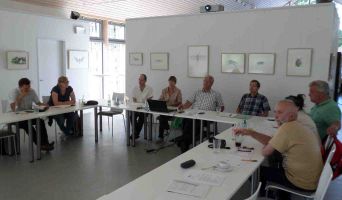 |
| Hannoverche Moorgeest meeting in Resse |
We first visited the „Nationalpark BayWald” project led by the Bavarian Forest National Park (BFNP) located on the border between Bavaria and the Czech Republic. On the first day, after we were welcomed by the park’s managers, Jan Venčura presented the LIFE12 NAT/DE/000093 project to us. Later on we discussed the purchasing of land in the Bavarian Forest with a specialist on this topic. He described the procedure of land acquisition in BFNP. Around noon, together with Jan Venčura, we visited some water courses on which hydrological activities will be implemented in order to improve the living conditions of the European bullhead (Cottus gobio). We also hiked on the path in Seelensteig admiring the beauty of a mountain forest left to natural processes over 40 years ago. In the afternoon we went to the information center of Luzen Park near Neuschönau, but unfortunately rainy weather only allowed us to visit the park’s museum.
 |
| The Tree Top Walk Tower |
We again began the second day in the park’s headquarters in Grafenau. This time it was my turn to present our national park and LIFE+ project. The presentation was found interesting and many questions were asked. Soon after we were once again in the field. This time we headed to the north-western part of the park. It is there that we saw a grazing herd of seven cattle (part of the LIFE+ project) and drove on the summit of Großer Falkenstein (1315 m). After saying farewell to Jan Venčura we once agian went to the information center of Luzen Park and this time we managed to hike on a special path in the canopy, one of the main attractions of BFNP. It is truly a rare occasion to have fir cones growing on the tops of the trees just at the reach of your hand.
We spent the whole day of the 30th of July (Wednesday) on driving from Grafenau in Bavaria to Hannover.
On the morning of the next day we were picked up from the hotel by Susan Brosch who is the manager of the Hannover LIFE+ project. Together we went to the wetland information center in the town of Resse. Here it turned out that the meeting gathered many people and apart from representatives of Lower Saxony and the Hannover region also people from another LIFE+ project (LIFE10 NAT/DE/000009) from Wesel in North Rhine-Westphalia are present. The whole meeting was translated by Jack Achtelik who works for Lower Saxony. Presenations about their projects were delivered by: Susanne Brosch („Hannoversche Moorgeest”), Karol Kram („ActiveKPN”) and Johanna Siewers („Eichenwälder bei Wesel”). After dinner we went to visit Bissendorfer Moor – a peat bog targeted by the LIFE project. This busy day ended with a presentation by Mr Schulz who described the method of land purchase used in the Hannover project – merging of plots allowing the purchase of over 1 400 ha of private land.
The following day we drove to Hannover in order to see the effects of hydrological activities performed in the Krähenmoor reserve. Here in order to restore an over dried peat bog not only drainage ditches were covered but also a whole network of dikes was made thus allowing the creation of small pools in which peat mosses have excellent conditions for growing. We were also shown a place where peat is extracted on an industrial scale (the concession was issued in the 1980’s and is valid till 2070) and places in which the peat bog is restored after extraction.
This ended our meeting and returning to Poland and KPN took us the whole day of Saturday the 2nd of August.
All of the LIFE+ projects visited by us have the purchasing of land as one of their activities. The scale of this process differs highly between the Bavarian Forest and Hannover. The meetings had some surprising moments, both for the Polish delegation and our German hosts. Sometimes this resulted from our differences (such as the price of land) and sometimes similarities (the attitude of land owners to the process of purchasing).

